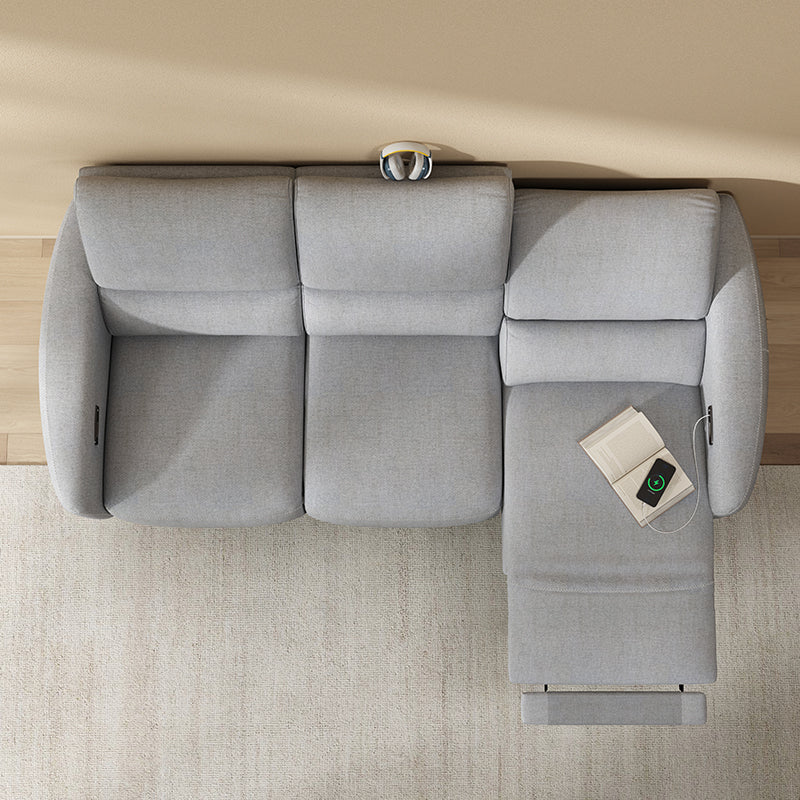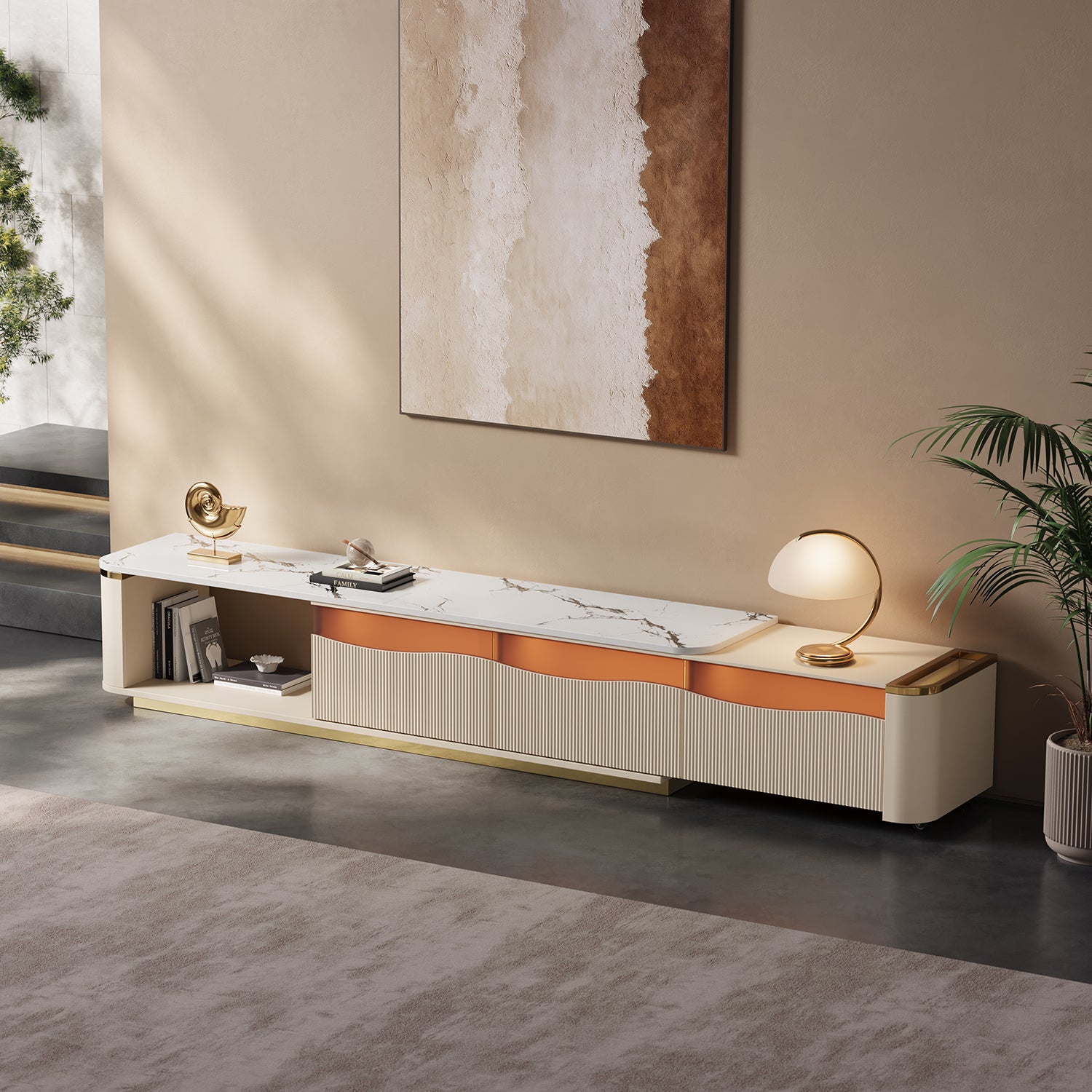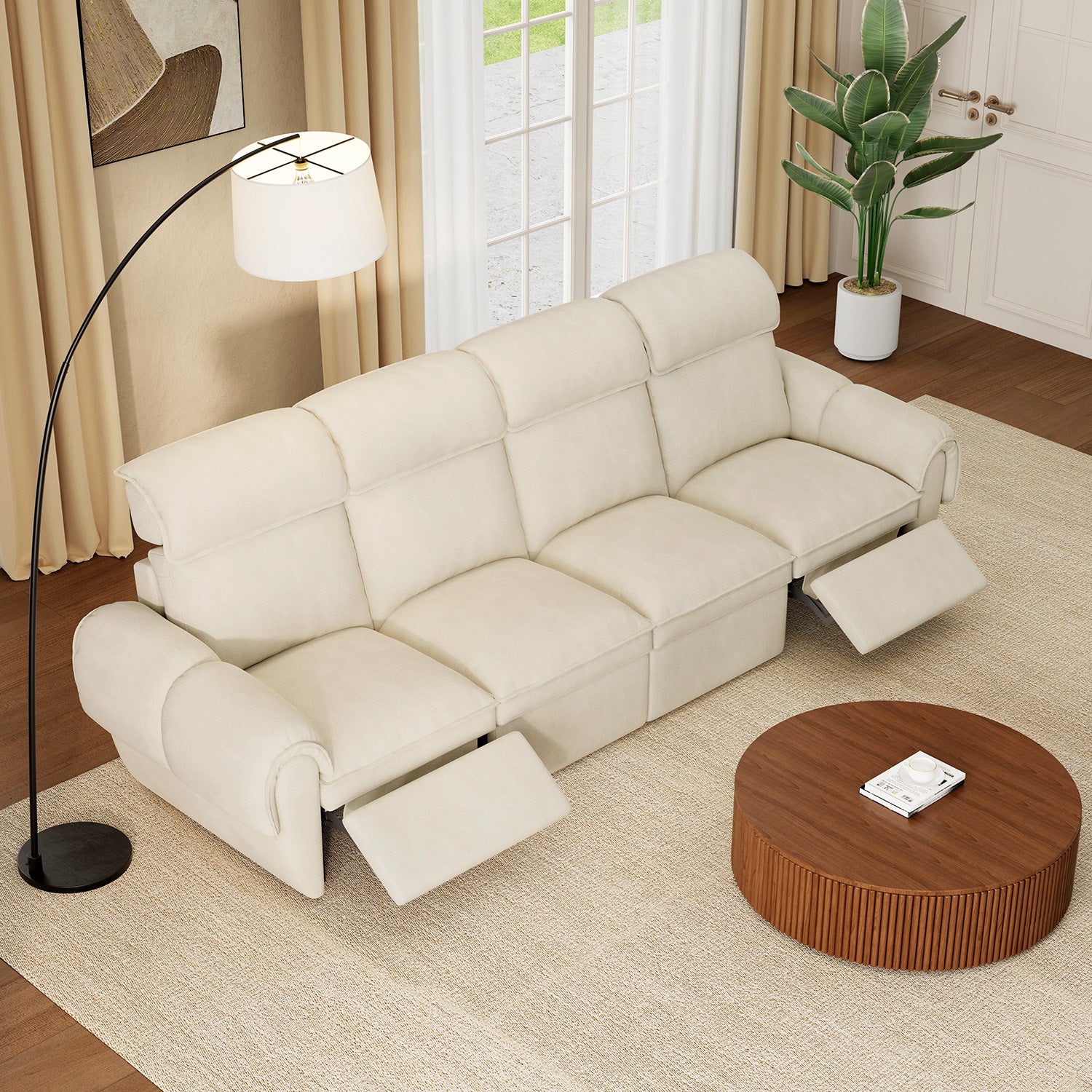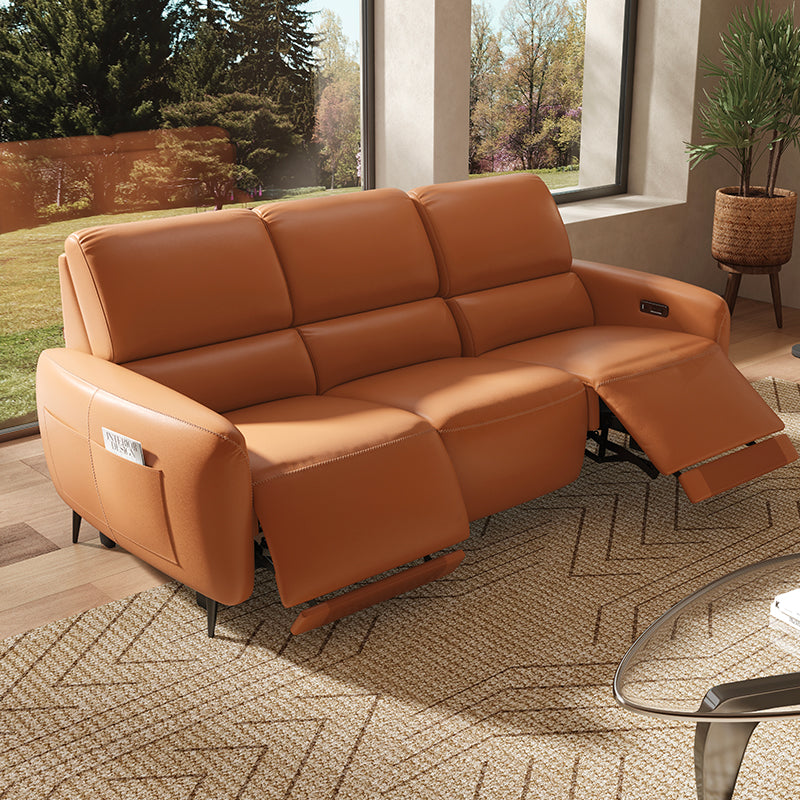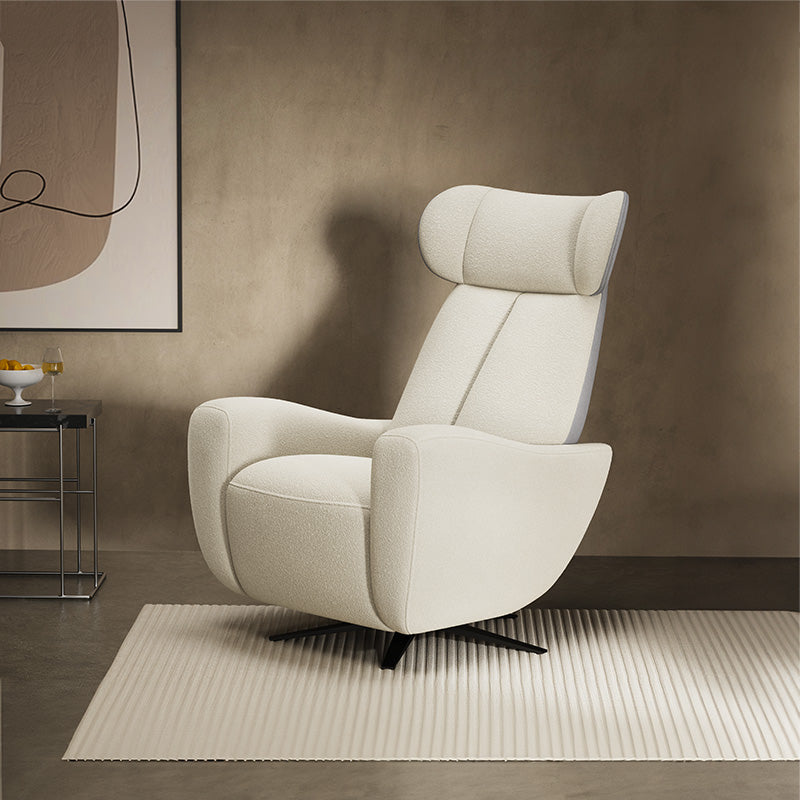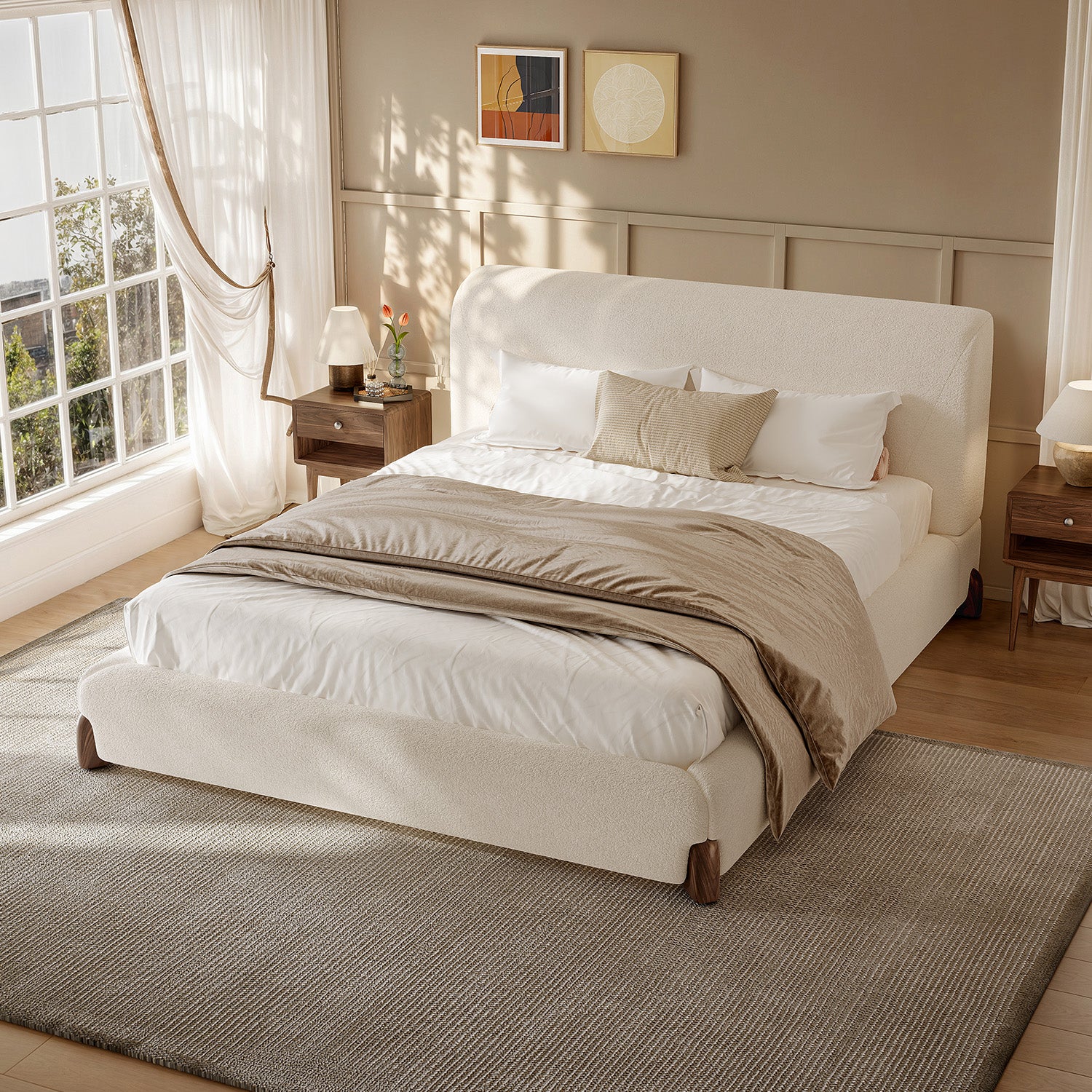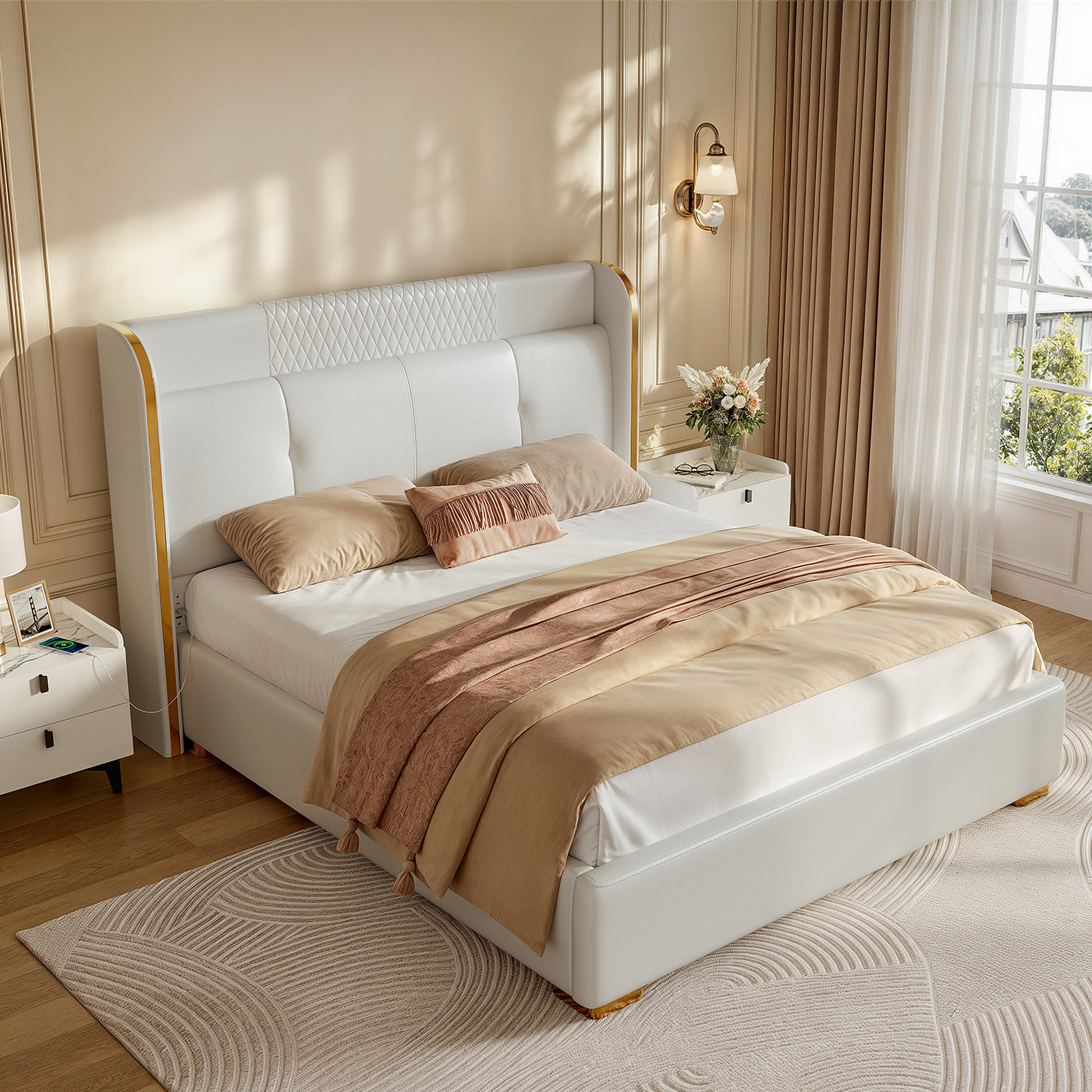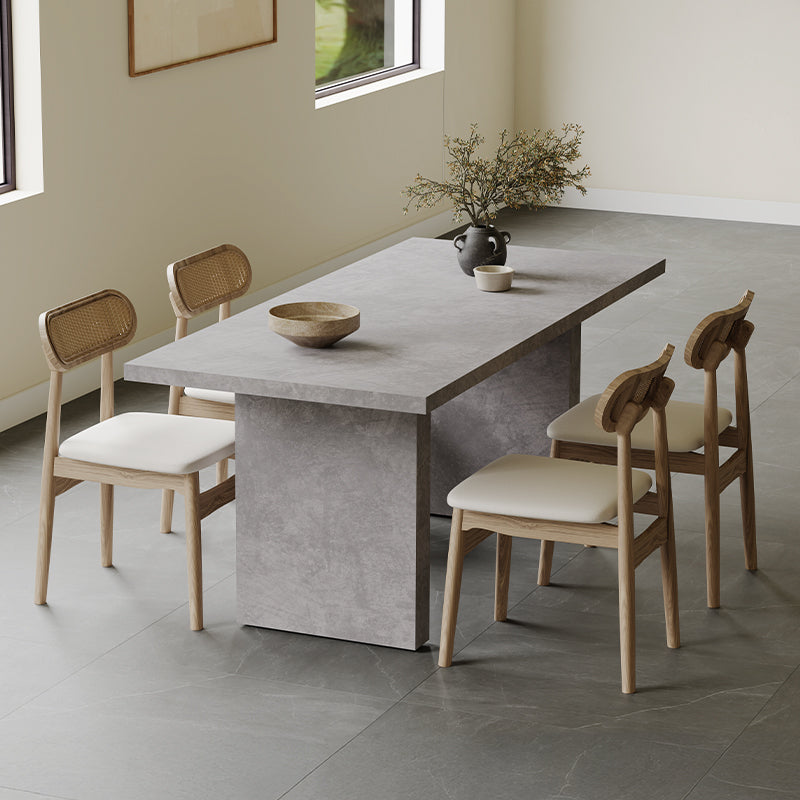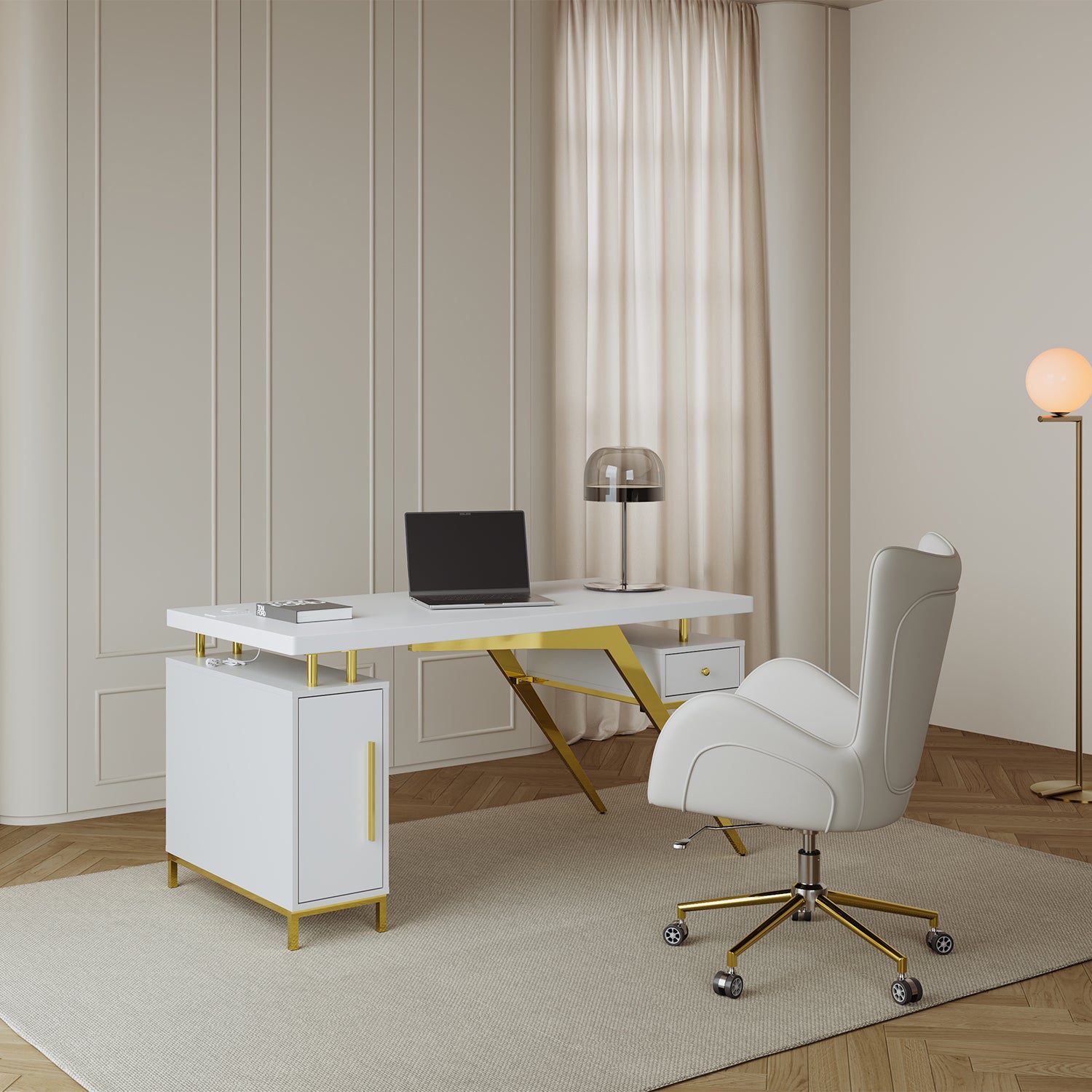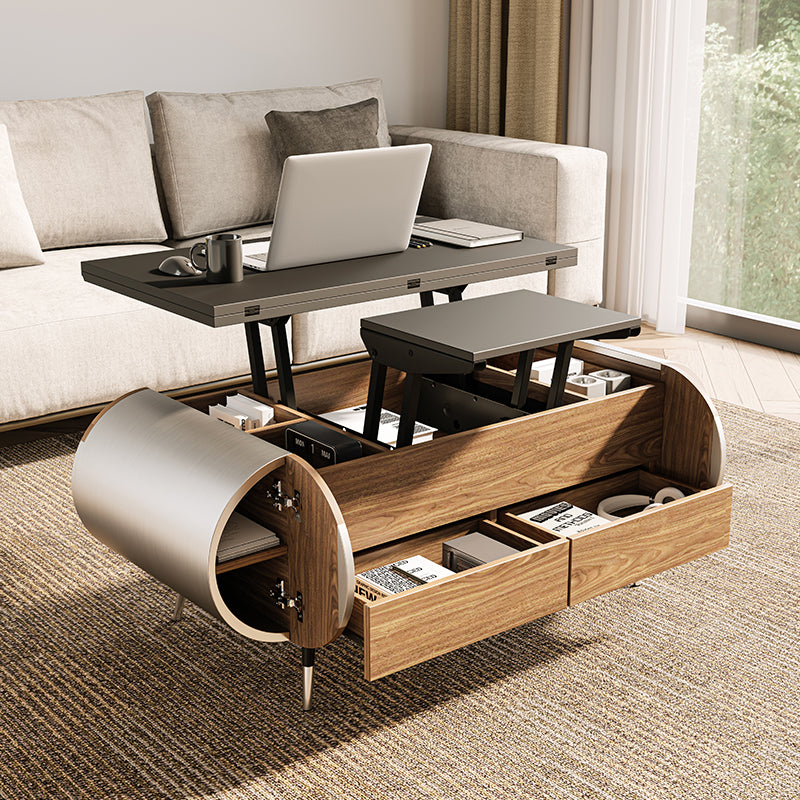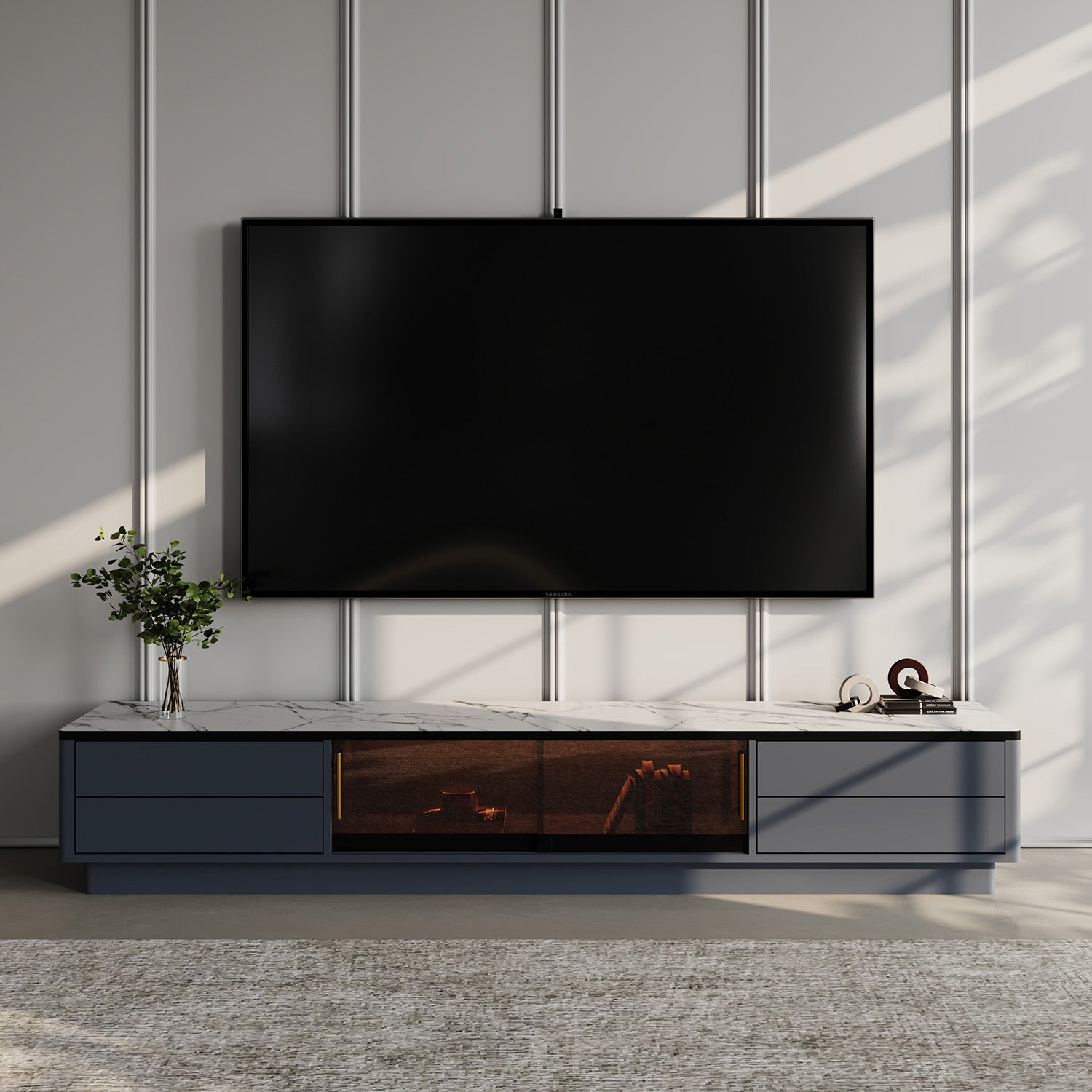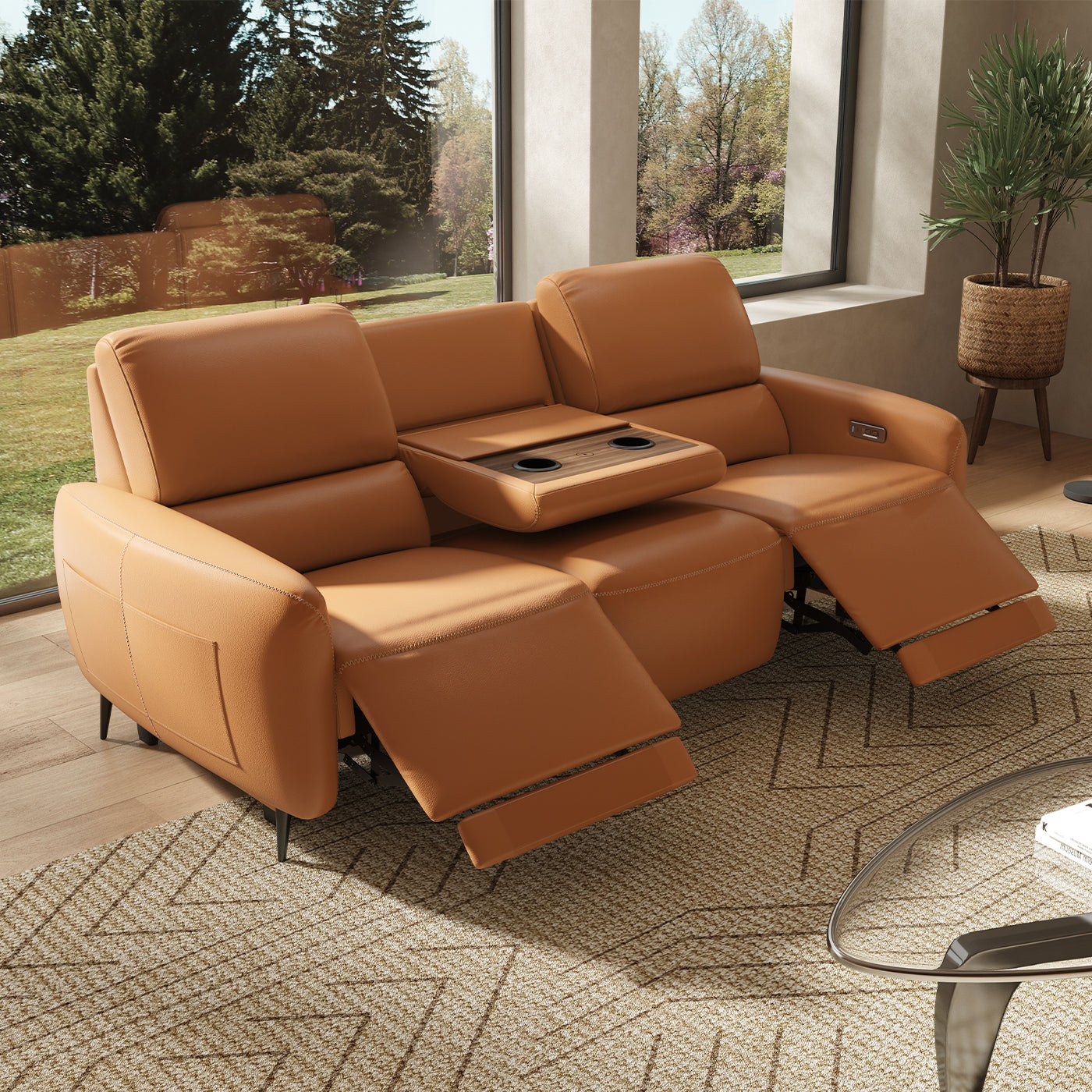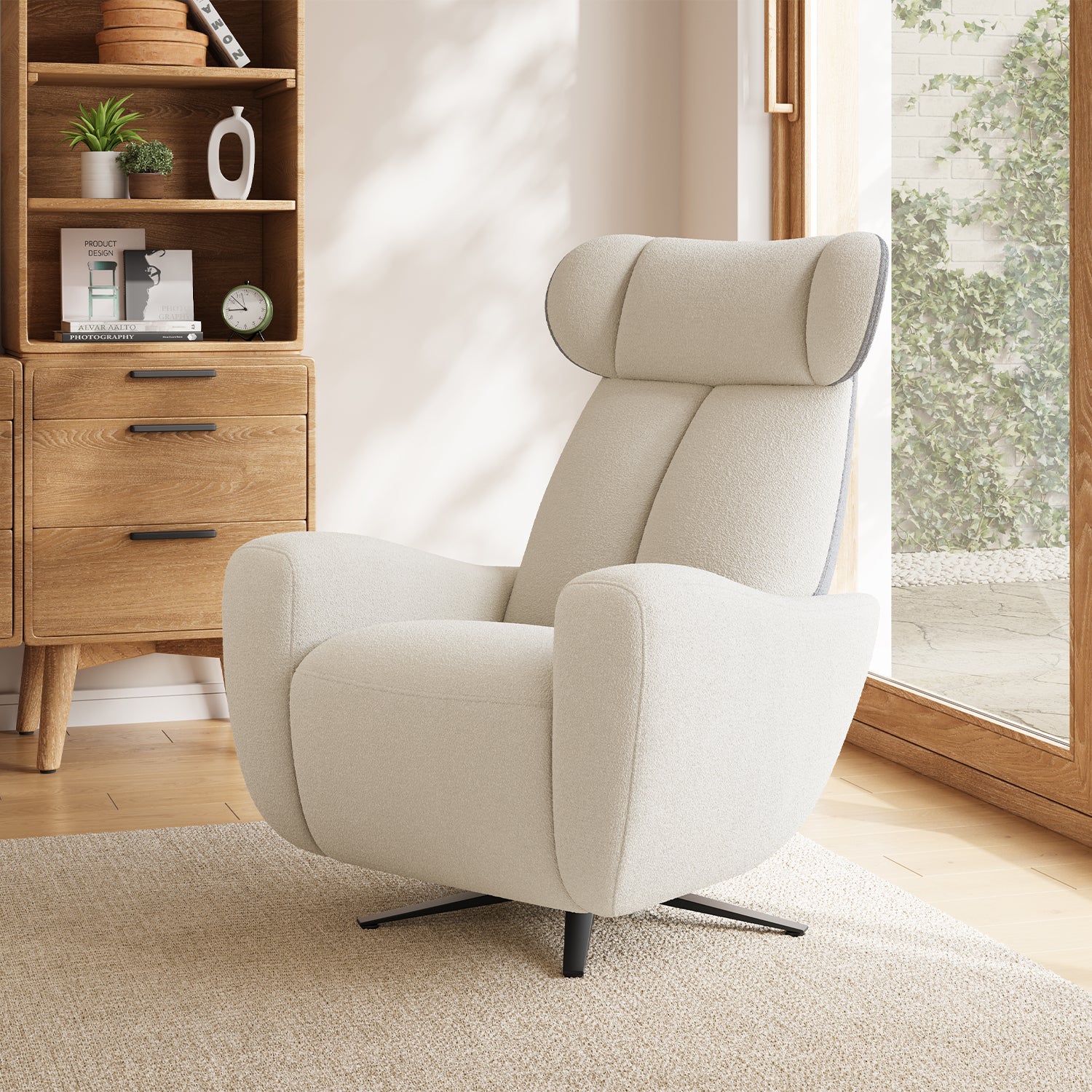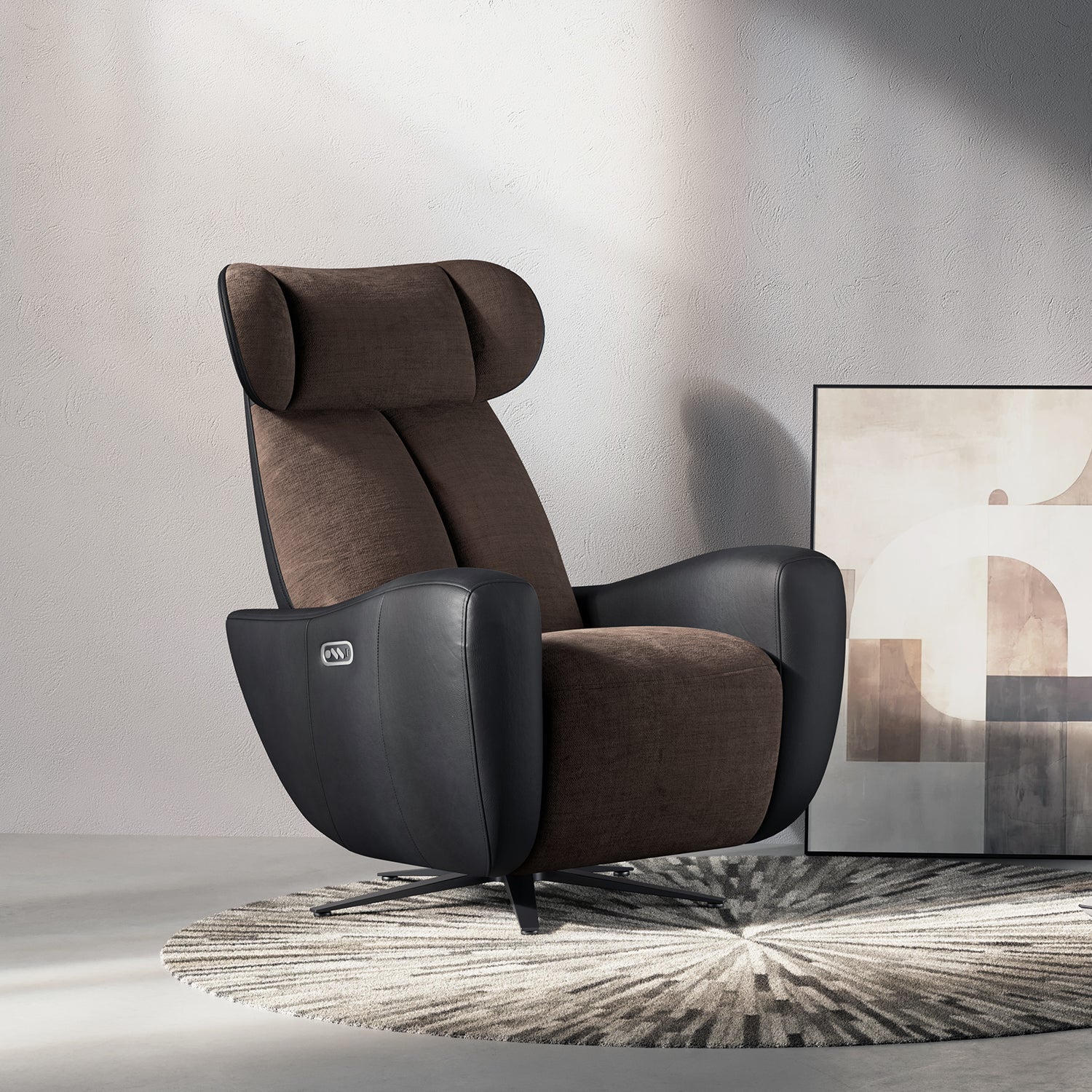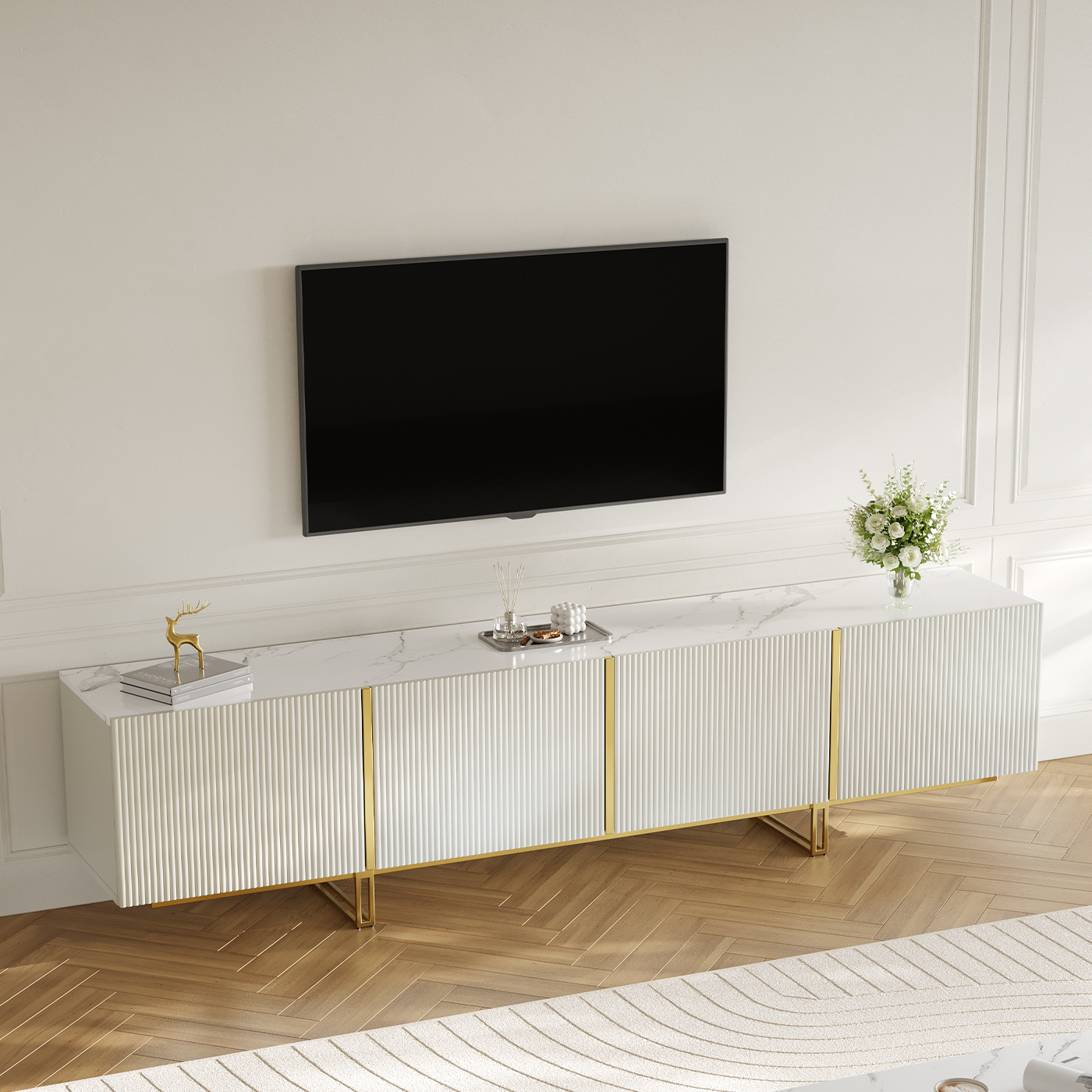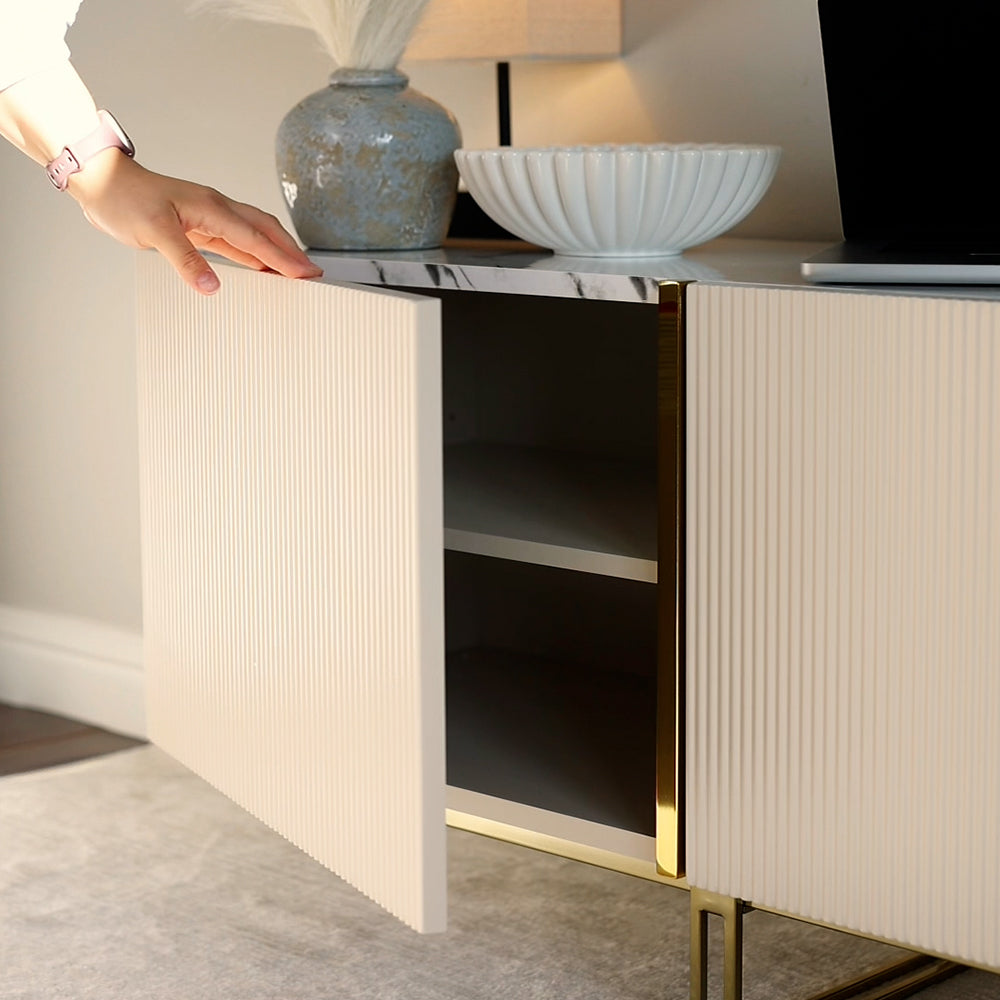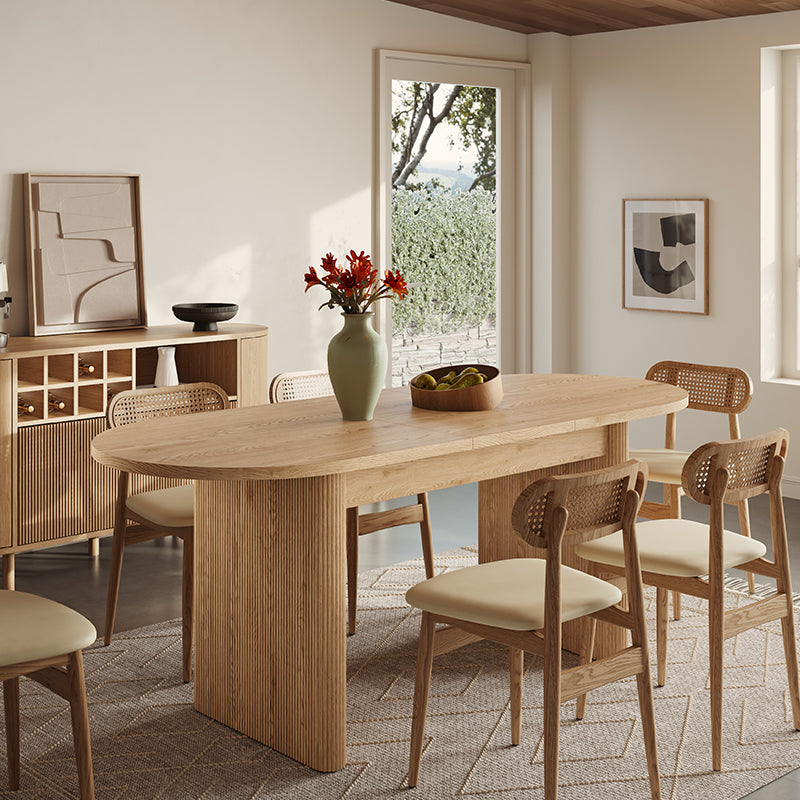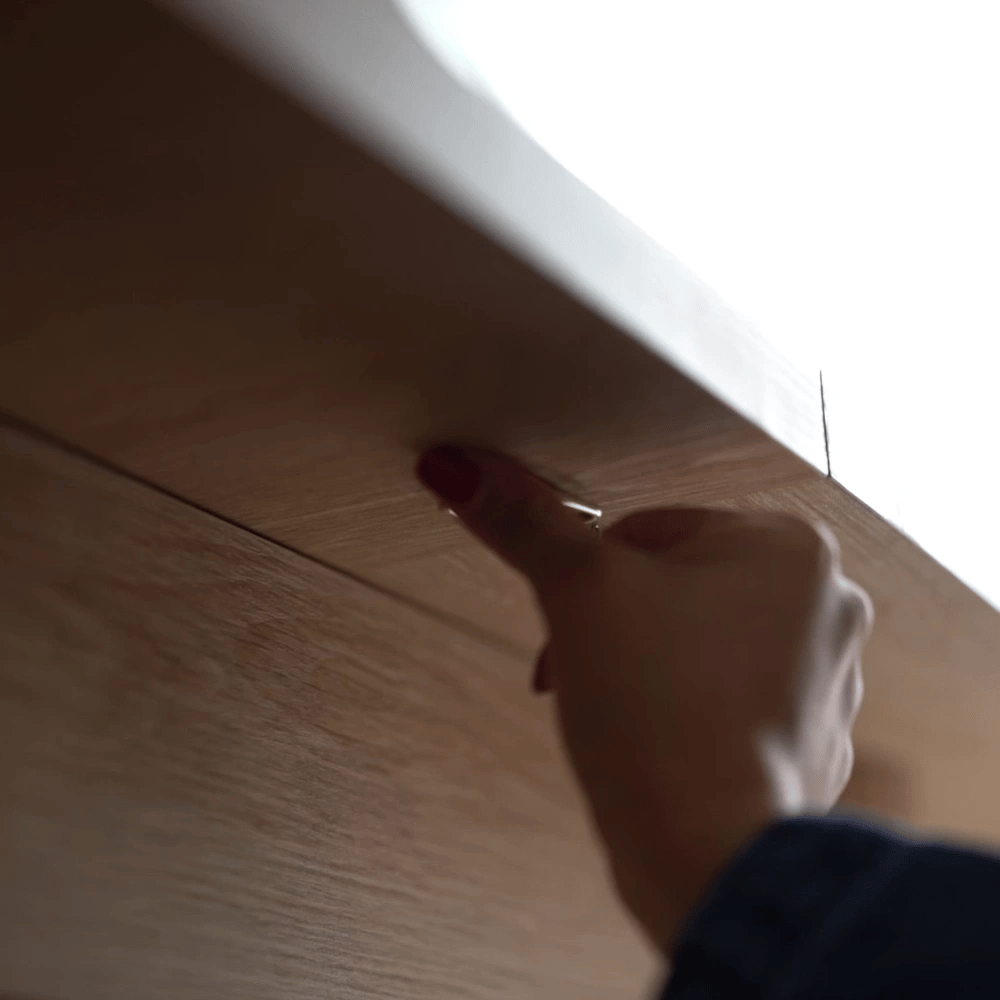When shopping for a sofa, most people focus on factors like color, design, and material quality. However, few consider the intricate process involved in crafting one. Unlike simple DIY projects, sofa manufacturing requires expert craftsmanship, specialized machinery, and precise techniques. Every well-designed, high-quality sofa takes hours of careful construction to ensure both durability and comfort.
With countless options available on the market, understanding the key elements of sofa construction can help you make a more informed choice and invest in a piece that perfectly balances style, support, and longevity.
Table of Content
Designing the Perfect Sofa
The first step in crafting a high-quality sofa is creating a thoughtful design. This involves selecting the style of the backrest, arms, and legs—ensuring the piece is both visually appealing and functionally comfortable. Designers often draw inspiration from modern trends, historical influences, or even elements of art and nature, shaping a sofa’s unique aesthetic and structure.
For custom-made sofas, the design process becomes a collaborative effort between the client and the designer, ensuring the final product aligns with personal preferences and lifestyle needs.
A crucial aspect of the design phase is ergonomics and proportion. The seat height and depth must provide optimal comfort, with standard seat heights ranging from 17 to 19 inches. Depth varies depending on whether the sofa is designed for upright seating or more relaxed lounging. Backrests typically measure between 12 and 20 inches from the seat surface, while armrests are positioned to support a natural, relaxed posture.
Constructing the Frame

Once the design is finalized, the next step is building the sofa’s frame. Selecting high-quality wood is essential to ensure the structure is strong enough to support everyday use. Ideal wood choices include kiln-dried maple, pine, oak, walnut, mahogany, and cherry—each known for its durability and resistance to warping over time.
In addition to solid wood, premium composite materials such as webbing, padding, and springs play a crucial role in reinforcing the frame’s strength and comfort. The choice of wood and materials depends on the sofa’s design, ensuring the right thickness and support for long-term stability.
The construction process begins with cutting the frame components into precise shapes, followed by assembling them with dowel joints, industrial-grade glue, screws, and other reinforcements for a secure, long-lasting fit.
While some budget-friendly or mass-produced couch furniture may use lower-quality materials and quicker assembly methods to cut costs, these compromises often lead to structural weaknesses. Though a cheaply made sofa might feel sturdy at first, an inferior frame will wear down quickly—resulting in costly repairs or replacements in the long run.
Building the Foundation of Comfort

Have you ever thought about what lies beneath your seat cushion, ensuring the comfort you sink into after a long day? The answer is in the support system—either webbing or springs. Sofas rely on different types of support structures, but the most commonly used today is webbing.
Webbing support offers several advantages:
Enhanced Comfort – It provides a slight springiness that conforms to the body's shape, making it more comfortable than rigid bases like plywood or slats.
Long-Lasting Durability – High-quality webbing can withstand years of use without requiring replacement.
Flexibility & Protection – The elasticity of webbing reduces strain on the frame and cushions, helping to extend the lifespan of other sofa components.
Simple Installation & Maintenance – Webbing is easy to install and replace, making it a practical choice for both manufacturers and repair specialists.
Applying Foam Padding
Once the webbing is securely fastened across the sofa frame, the next step is to apply foam padding. At Aliving Home, we carefully select premium foam materials to meet a variety of comfort and support needs. High-density foam is known for its excellent durability, making it ideal for daily use—it retains its shape even after long hours of sitting or reclining. Memory foam, on the other hand, molds to the body’s contours, offering a soft, adaptive feel.
Each foam layer is precisely cut and carefully fitted onto the frame, setting the foundation for the next stage of upholstery.
Upholstering the Sofa
Upholstery is where functionality meets aesthetics. The fabric not only defines the look and feel of the sofa but also contributes to long-term comfort and durability. Whether it’s leather, velvet, linen, cotton, or performance synthetics—each material brings its own unique qualities.
In custom builds, clients can select fabrics based on their personal taste. Our team also offers tailored recommendations based on lifestyle, budget, and design vision. Fabrics are measured with precision, allowing extra room for fine-tuning and secure attachment. Each piece is sewn onto the sofa with attention to detail—accommodating pleats, tufts, or other design elements—to ensure the final piece is both visually refined and made to last.
The Seat Cushions

Seat cushion construction offers flexible timing within the sofa-building process, seamlessly integrating at various stages of assembly. Each cushion begins with precision-cut foam, tailored to fit snugly inside its designated cover. To elevate both comfort and form, the foam is wrapped in soft, resilient layers such as cotton or Dacron, which help preserve its shape over time.
The cushion covers—crafted from the selected upholstery fabric—can be sewn shut or finished with discreet zippers. Zippered designs offer practical convenience, allowing for easy removal, cleaning, or even replacement of the inner fill. This thoughtful construction ensures both functionality and a cohesive, polished appearance that complements the overall sofa design.
The Sofa Legs
Attaching the legs is a detail-driven process that completes the sofa’s structure and visual presence. Whether opting for solid wood to evoke warmth and tradition or sleek metal for a modern aesthetic, the choice of material reflects both style and function. Before installation, the base is reinforced and measured precisely to mark ideal attachment points. Legs are then secured with durable hardware—such as hanger bolts, metal plates, or threaded inserts—to ensure a strong, stable foundation.
Built to Last
Crafting a sofa demands care, skill, and a focus on quality at every stage. While today’s mass-produced pieces often prioritize speed over substance, many older sofas were built to last—with better materials and sturdier construction. If you're considering a replacement, it may be worth reimagining the piece you already own through professional reupholstery. Alternatively, investing in luxury brand furniture—built with time-honored methods and premium materials—can offer enduring value.
At Aliving Home, we believe that a sofa isn’t just furniture—it’s a long-term part of your living space, deserving of thoughtful design and lasting durability.

